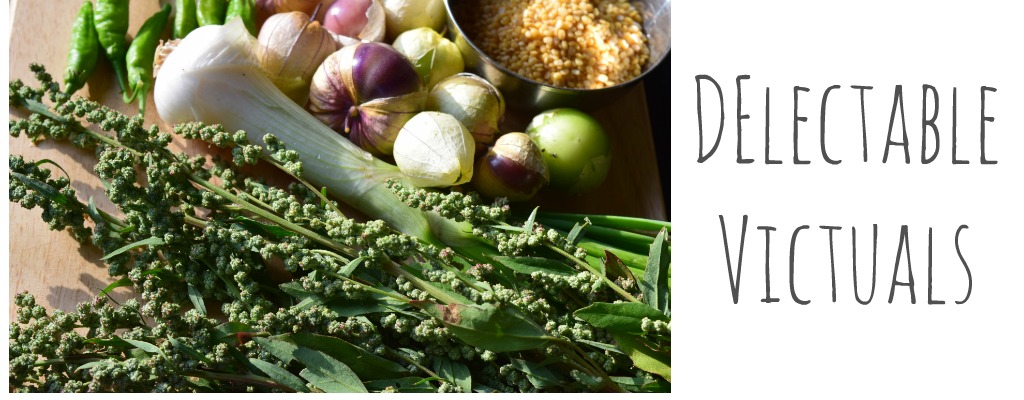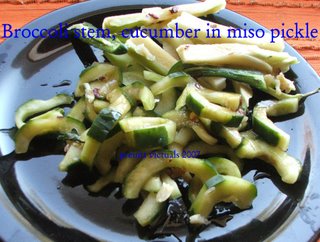Shiso Pesto with Buckwheat Soba Noodles
Back in 2006 and 2007, I was thrilled about growing Shiso in my home garden as it was the early years of my home-gardening, and I liked having herbs handy in the backyard to try different recipes.
A decade later, looks like Shiso is quite readily available in the market when in season and has become a fairly popular and mainstream herb much like cilantro and mint.
A member of the mint family, Shiso leaves can be mostly green to greenish reddish/purplish. Much like my favorite pesto and chutney, I make shiso as pesto or chutney when the mood calls for it, using whatever ingredients I feel like throwing together at that time.
In this recipe, shiso pesto comes together with a confluence of complementary Asian flavors.
Tossed in with some buckwheat soba noodles, sprinkled with toasted sesame seeds, and a side of roasted eggplant and home-garden scallions, shiso certainly takes center stage in this dish.
Shiso pesto as a dip, served with roasted eggplant slices and bell peppers makes a fantastic appetizer.
Shiso Pesto:
½ Tbsp sesame oil
½ Tbsp red miso
½ Tbsp mirin
½ Tbsp rice vinegar
½ Tbsp lime juice
¼ to ½ cup packed shiso leaves
2 to 3 Tbsp sunflower seeds
Grind the ingredients together and adjust to taste.
Labels: asian, chutney, fusion, japanese, noodles, pesto, shiso, soba, vegetarian


















 Anyway, for Christmas 2007, D gave me a rectangular Tamago Pan since I had written some kitchen things on my wish-list. I do like getting kitchen items or any household items as presents as they are practical and usable.
Anyway, for Christmas 2007, D gave me a rectangular Tamago Pan since I had written some kitchen things on my wish-list. I do like getting kitchen items or any household items as presents as they are practical and usable. 







